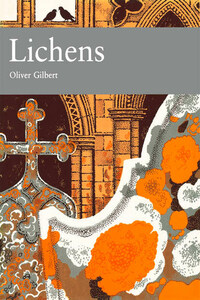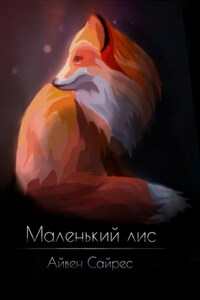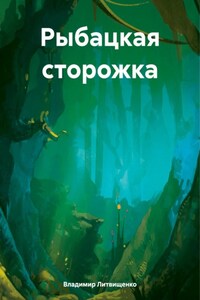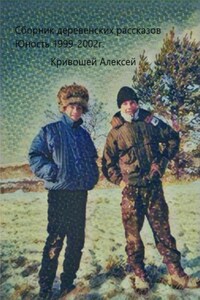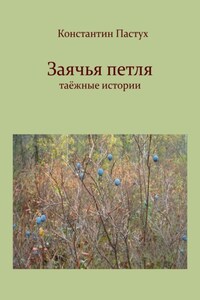(a) The lichenologist Ray Woods wearing a jersey knitted from lichen-dyed wool (J. Woods).
(b) Lichen dyes. Cudbear (top) produces red dyes and crottle shades of brown (D.J. Hill).
(c) A modern lichen dyer with dye-pot, lichens and treated wool, Strontian.
(d) Central panel of a well-dressing tableau made from petals and several types of lichen, Derbyshire.
(e) Canons Ashby Church, Northamptonshire, showing how lichens enhance architectural detail (D.J. Hill).
(a) The lichen alga Trebouxia growing in culture (The Natural History Museum, London).
(b) Jelly lichens contain the cyanobacterial partner Nostoc (J.M. Gray).
(c) Sticta canariensis âgreen algal morphâ and S. canariensis âcyanobacterial morphâ contain the same fungus (J.M. Gray).
(d) The fruticose growth form exhibited by a beard lichen (Usnea articulata) pendant to 60 cm (J.M. Gray).
(a) Nest of a long-tailed tit (Aegithales caudatus) decorated with lichen to aid concealment by light reflection (B.J. Hatchwell).
(b) Caterpillar of the light crimson underwing moth (Catocala promissa) mimicking a lichen-covered surface (J. Porter).
(c) Caterpillar of the dotted carpet moth (Alcis jubata) feeding on Usnea (P.A. Ardron).
(d) Autumn green carpet moth (Chloroclysta miata) at rest on a lichen-covered tree trunk (R.W. Barnes).
(a) Thick sward of the pollution-tolerant lichen Lecanora conizaeoides on larch.
(b) Usnea florida, a beard lichen that is highly sensitive to several forms of pollution (J.M. Gray).
(c) Lichens on beech that have been killed by airborne fluorides, Invergordon, Scotland.
(a) Old beech woodland, New Forest, Hampshire (T. Heathcote).
(b) Lobaria pulmonaria festooning mossy Atlantic rainforest, Western Scotland (J.M. Gray).
(c) Atlantic oak woodland above Loch Sunart, Ardgour.
(d) A rich Lobarion community covering a bough at Loch Sunart; the lichen with golden soralia is Pseudocyphellaria crocata (F. Rose).
(a) Parmentaria chilensis, a strongly oceanic species known in Britain from one hazel wood at Loch Sunart (A.M. Coppins).
(b) Hypogymnia physodes, a common species of birch woods in the Highlands (J.M. Gray).
(c) A pin-head lichen, Chaenotheca furfuracea (J.M. Gray).
(d) A writing lichen, Graphis scripta, characteristic of smooth bark (J.M. Gray).
(e) Well-lit, smooth bark on many deciduous trees supports a mosaic of small crustose lichens (J.M. Gray).
(a) Ophioparma ventosum, a lichen of acid rocks (I.C. Munro).
(b) Lasallia pustulata, a gregarious lichen (I.C. Munro).
(c) Purple-stained lichen on quartzite, Foinavon (D. Miller).
(d) Ramalina polymorpha, a species typical of basalt tors.
(e) Damp, north-facing slabs of basalt are home to many rare lichens, Trapain Law, Lothian.
(a) Cladonia coccifera, abundant on acid soils (J.M. Gray).
(b) Cladonia floerkeana, the âBengal match lichenâ, abundant in acid habitats (J.M. Gray).
(c) Cladonia portentosa, the commonest of the âReindeer lichensâ (P.A. Ardron).
(d) Close-up of the lichen carpet at Wangford Warren, Breckland.
(a) Lichen-rich chalk grassland has developed where the surface was scraped off in 1940 to form a shooting butt, Martin Down.
(b) Lichenologists inspecting a path on the chalk downs, Butser Hill.
(c) Lichenologists at work on a limestone pavement, Ingleborough.
(d) Synalissa symphorea and Psora lurida on the surface of a limestone pavement, Gait Barrows (J.M. Gray).
(e) Caloplaca aurantia, a species characteristic of Jurassic limestones (T.W. Chester).
(a) Lecanora polytropa growing on iron railings.
(b) Lecanora rupicola thickly encrusting a sandstone tombstone (T.W. Chester).
(c) Rhizocarpon geographicum on a slate tombstone.
(d) Timber-boarded Sussex barn carrying what is believed to be a unique assemblage of rare lichens, Parham Park.
(a) The international community dominated by Lecanora dispersa
